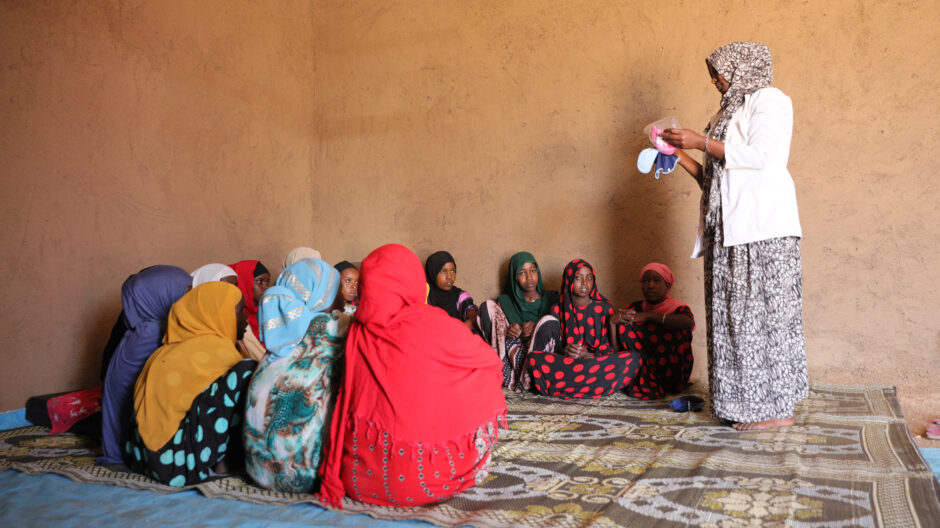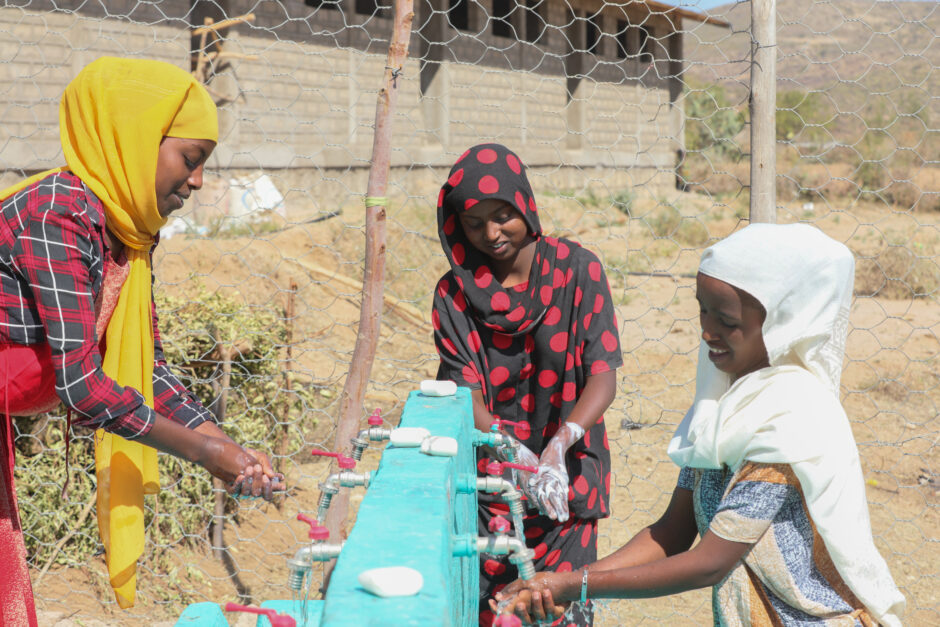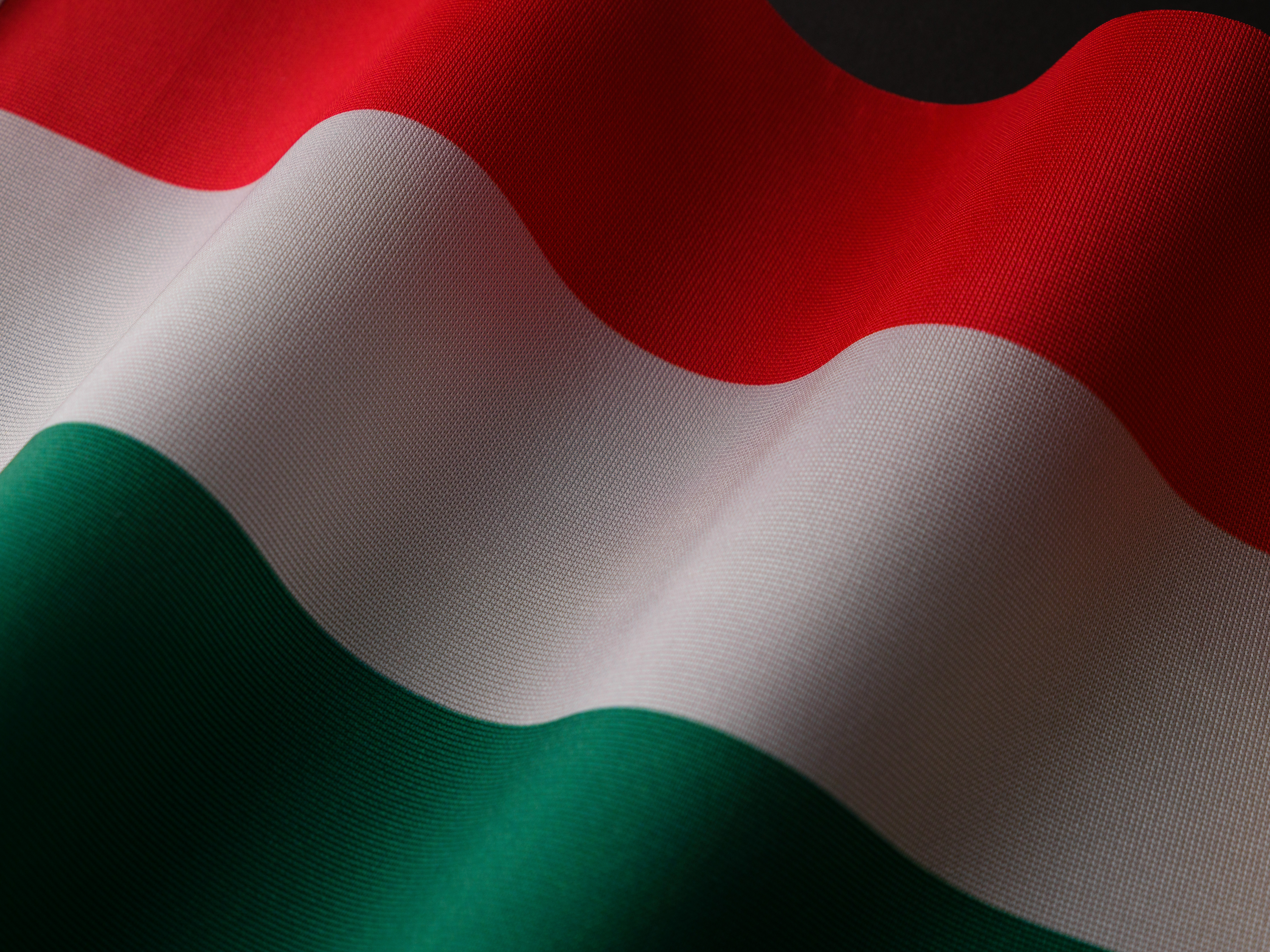Health, and access to healthcare in today’s world depend on various factors, such as the circumstances of one’s birth, occupation, age and environment. The distribution of power and resources are determined by formal institutions of politics, law and economics, as well as social norms, which in turn dictate one’s circumstances. Discrimination, stereotyping and prejudice based on factors such as sex, race, or disability generally lead to a degradation of living standards. These practices are embedded, dominantly, in the structural and systemic processes of society. Identifying and addressing these impediments to equity is thus essential to realise the right to health and particularly, as this article addresses: the necessity to access menstrual health progressively.
The Global Menstrual Collective expresses that menstrual health requires people to have access to information about menstruation, including its changes, hygiene practices, as well as access to water and sanitation. Individuals require the opportunity to receive diagnosis for irregular or disrupted cycles, along with menstrual-related healthcare. Holistically, menstrual health encompasses both mental and physical well-being, enabling individuals to actively engage in their daily lives.
Amongst women who menstruate, the World Bank assesses that a minimum of 500 million lack access to adequate facilities globally. Furthermore, 1.25 billion women and girls have no access to a safe, private toilet, and over 526 million are entirely deprived of any toilet facilities. The issue of attitudes towards menstrual health has been placed on the global agenda, primarily due to the efforts of grassroots workers and activists from the global south. They have brought attention to reports of experiences of not only the unaffordability of menstrual products but also the feelings of shame and humiliation associated with menstruation, both of which have dire consequences in terms of their rights to education, non-discrimination and gender equality.
Primarily, socio-economic status and geography have a significant impact on the availability and accessibility of menstrual health products and safe places. Furthermore, gender inequality, discriminatory social norms, and cultural taboos regarding the topic can also hinder the ability to meet one’s needs. Infrastructural, as well as wealth inequalities, are driving factors for the uneven access to sanitary facilities.
The stigmatisation of a natural biological process means that the design of sanitation systems seldom recognises the requirements and practices of menstruating people. The taboo and societal silence surrounding the topic have prevented open discussions. Misconceptions, such as denoting it to be ‘dirty’, have resulted in more restrictions and isolation towards those that menstruate. An example of this can be seen in the usage of the cloth as a management product. The potential shame of being seen washing a used cloth in public or in front of family members has led to inadequate hygiene practices.This form of poverty has several detrimental effects on an individual’s physical, mental, and social well-being. Physically, the incorrect use of products may increase the risk of infection. Dr Farid states that some of her patients use toilet paper or paper towels instead of pads or tampons due to financial constraints. Those with heavier periods must buy more products than the average menstruating person, resulting in increased financial burdens. In an attempt to reduce costs, many resort to using products for longer durations than recommended, which can lead to vulvar irritation or vaginal discomfort. This practice raises the risk of developing toxic shock syndrome, a life-threatening infection.

In addition, these risks are even further exacerbated in cases where females have been subjected to female genital mutilation, which continues to occur despite international agreement that it is a human rights violation. UNICEF estimates that it has been performed on at least 200 million women and girls across 31 countries. Studies have shown that other factors, such as the lack of availability of appropriate menstrual management material, can also increase chances of getting infections. For instance, in areas with high humidity, reusable pads or cloth may not dry thoroughly, thus becoming a breeding ground for pathogens. Furthermore, in more extreme situations, products like menstrual cups or tampons, which require frequent changing or sterilisation, may become unusable. The inability to change or clean menstrual supplies increases the chances of getting urogenital infections, such as yeast infections, vaginosis or UTIs. In cases where menstrual products are completely inaccessible, individuals often resort to makeshift methods like rags, leaves or newspapers to absorb the blood. These methods have not only adverse effects on physical health but also impact mental health as they are prone to cause leaks, which contributes to feelings of shame or embarrassment. Many young girls, from the onset of puberty, can be subjected to multiple human rights violations, including child marriage, sexual violence, or the disruption of their education. In several countries, particularly girls, are compelled to either miss numerous school days or drop out entirely. Even if only accounting for their absences during menstruation, it accounts for over 20% of the school year. This setback places them at a disadvantage compared to their male classmates and further perpetuates gender imbalances in educational outcomes.

Mental health concerns also particularly affect those belonging to the trans community. Despite the fact that menstruation is commonly associated with women, not all women menstruate, and many people who are not women do menstruate. The aforementioned belief means that trans and non-binary people who menstruate face added challenges. For example, many public restrooms only make insertion-based products like tampons available, and in the absence of gender-neutral toilets, there are no cubicles or disposal bins in male bathrooms.
Last but not least, the impact brought about by COVID-19 pandemic needs to be discussed. It highlighted, and even exacerbated, the challenges related to menstruation. Access to products was disrupted, as according to the World Bank, the subsidised schemes of free distribution of hygiene products in schools or health centres were discontinued. Financial hardships caused by the pandemic led families to prioritise basic needs such as food. Further increased prices on most commercial goods due to supply disruptions or border closures rendered menstrual products unaffordable to many. Moreover, the closure of key information touchpoints like schools and community centres further limited access to reliable information during the pandemic. As a result, stigma and taboos surrounding menstruation persisted and particularly undermined adolescents’ experience of puberty.
The topic of menstruation, including access to information and healthcare services, continues to be a subject of ongoing discussion and persistent social stigma. Menstrual health, in conclusion, depends on geographical, political, and socio-economic factors. These factors can take the form of stigma, cultural taboos and a family’s financial priorities. The experience of menstruation itself can lead to disadvantages, such as barriers to education. Restricted and unaffordable access to menstrual products, coupled with the absence of information on best practices, further exacerbate challenges to achieving equity.






